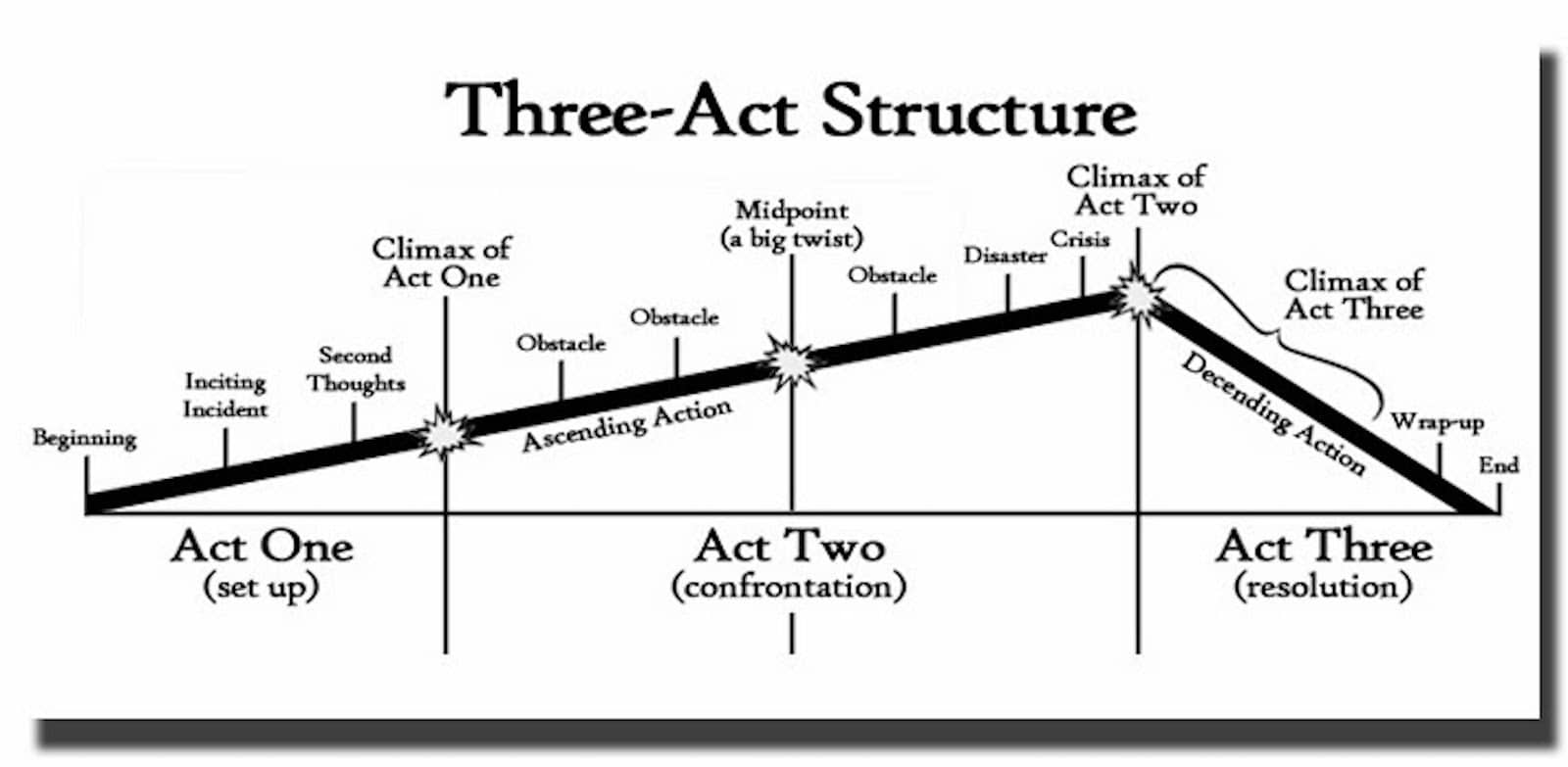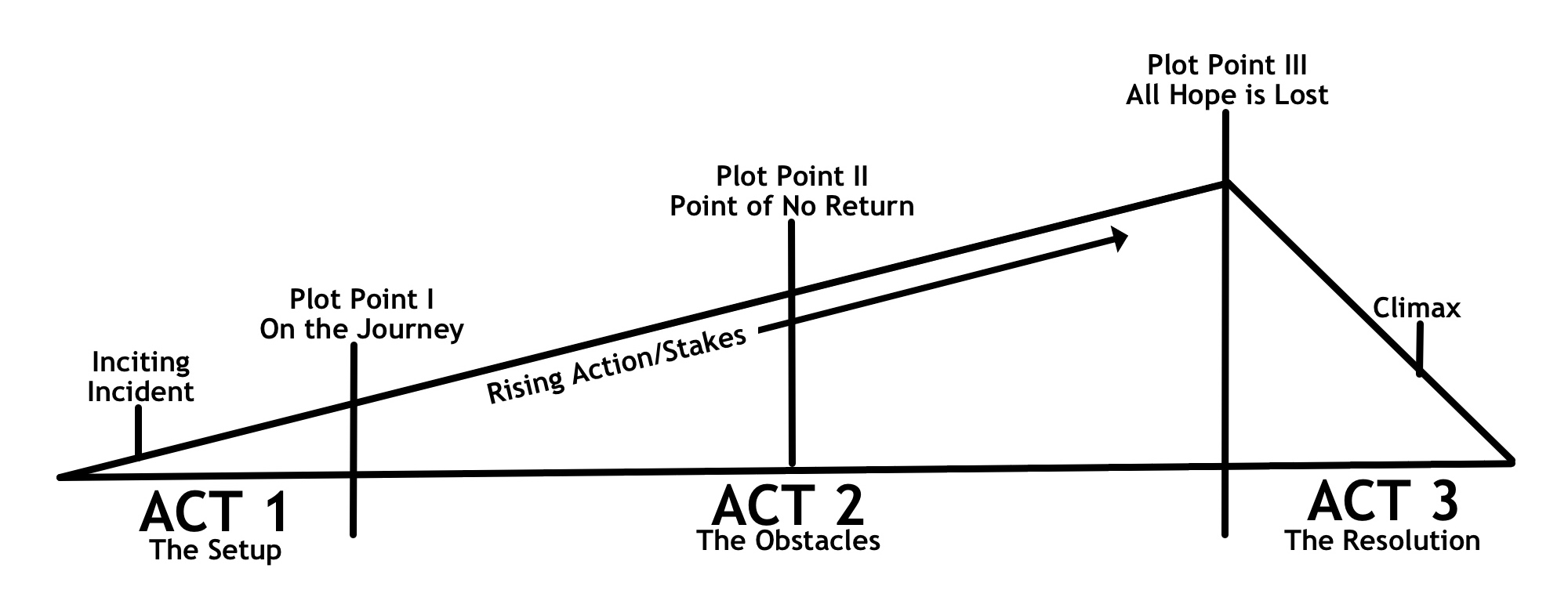to study the cinema: what an absurd idea! – Christian Metz
Class: 10-11.30, Wednesday, room 2.53
Office hours: 10-11.30, Friday, room 4.15 (or online by appointment)
Assessment: 40% class discussion and regular preparation; 60% 3 homework assignments (mise-en-scene; auteur presentation/opinion essay; star – 500-800 words each). You are allowed two unexcused absences only!
Week 1 (26.02) Analysing film – introduction
A few questions worth looking at before you get going:
- Who is the writer of the film? Has the screenplay been adapted from another work? (adaptation)
- Who is the director? (auteur studies)
- Who produced it? (independent or Hollywood, ideology)
- Who’s the target audience?
- What do promotional materials say about the film? (paratexts)
- Is the film part of any larger movement?
- When was the film made? (historical/political/cultural perspective)
- What genre/s is it? (iconography)
- How important is casting? (star studies)
- Formal qualities: mise-en-scene, soundtrack, colour, narrative, narration, lighting key (look for patterns, repetitions, recurring motifs, linear story, chronological order, open-ended, ambiguity, omniscient narration vs restricted narration)
- Which scenes are crucial for your analysis and support your argument? Opening? Exposition? Climax?
Screening Vertigo (1958)

Homework 1): read “Introduction” from Jonathan Gray – Show Sold Separately_ Promos, Spoilers, and Other Media Paratexts-NYU Press (2010)_14-35
Homework 2): finish Vertigo
Week 2 (6.03) Paratexts; genre
https://www.filmsite.org/filmgenres.html
film hybrid
“Genres can work as strong paratexts because they frequently enjoy communal definition and widespread use, and because they are cultural categories used by the industry, reviewers, audience members, politicians, and policy makers alike, often with a relatively shared or at least dominant definition at any given point in time.15 Thus to say or to imply that a film is an action film, an eco-thriller, a sports biopic, or a romantic comedy is to summon entire systems of distribution, reviewer interest, and audience participation and reaction, ensuring interest, disinterest, and/or specific forms of attention from given studios, theaters, audience members, and would-be censors. Trailers and other advertising play vital roles in announcing a film’s genre and in providing initial generic labels. Similarly, a star is his or her own generic signifier and intertext (think of the different filmic meanings and uses of, for instance, Clint Eastwood, Julia Roberts, Neil Patrick Harris, or Miley Cyrus), thus also offering interpretive strategies and expectations. Environmental sampling, too, seeks to outline for potential viewers the sorts of things that might occur “in a world where . . . ” As particularly strong paratexts, then, trailers and previews may dictate how to read a text.” (Jonathan Gray, Show Sold Separately: Promos, Spoilers and Other Media Paratexts, NUY Press, 2010, p. 51)
posters
MA exampleKlaudia_Glonek_-__praca_magisterska (watermarked)_51-69
Homework: Prepare and discuss one paratext for 5 mts
Week 3 (13.03) Opening credits; genre
Consider: “drillable” texts and “spreadable” texts (Jason Mittell)
Saul Bass
Psycho
The Shining
trailers, posters, opening credits discussion
Punch-Drunk Love opening analysis
Homework: Read about shots and angles etc. from Chapter 1 in Understanding Movies 9th Edition and read Ch. 2 on mise-en-scene
Week 4 (20.03) Mise-en-scene; shots and angles
mise-en-scene-general-examples(2)
shots and angles
Homework 1: Read about three styles: classical, formalistic and realistic from Chapter 1 in Understanding Movies 9th Edition
Homework 2: Write a short analysis of your selected shot (500 words) and email it to me by Tuesday
Week 5 (3.04) Film styles
eating 1; eating 2, eating 3; eating 4
Ken Loach – social realism
Homework: read Classical Hollywood cinema, narrational principles
Week 6 (10.04) Film Narrative; narration
Classical Hollywood cinema – discussion; fragments of What Just Happened? (2008);
Blue Velvet opening
Lady in the Lake trailer
the end
alternative ending doc
happy endings..
180 degree rule
continuity example: The Dawn of Man
Bruce Willis rant
Beard or not
Dog lives
Restricted narration – e.g. Rosemary’s Baby
versus
Omniscient narration
Post-classical narration
Homework 1: read the introduction from Elsie Walker Elsie Walker – Understanding Sound Tracks Through Film Theory-Oxford University Press (2015)_14-24
Homework 2: find a short piece of sound/track (up to 3 min) and talk about it in the class
Week 7 (17.04) Sound; editing
example 1 opening from Brokeback Mountain
example 2 Punch-Drunk Love Barry’s tune
Rosemary’s Baby opening
Rosemary’s Baby ending
Shame
Punch-Drunk Love interview
The shop around the corner
You’ve got mail
intensified continuity
analytical and constructive editing
Kuleshov by Hitchcock
Kuleshov effect
Week 8 (24.04) Editing, sound – discussion
Homework 1): Read Star Studies
Homework 2): Read a fragment on Tom Hiddleston Anna Blackwell, Shakespearean Celebrity in the Digital Age (2018, 5-7)
Week 9 (8.05) Star Studies – discussion
Florence Lawrence
The world’s highest paid actors 2019
The world’s highest paid actors 2020
actresses 2019
actresses 2020
People who are ordinary and extraordinary – comment
The star image as an incomplete image – comment
cinema and the commodifcation of desire – comment
studying stars as ‘texts’ – comment
there is no such thing as bad publicity – comment
Are the readings made available through ‘private lives’ of stars gendered?
performative femininity/masculinity – comment
who do YOU identify with?
the appeal of contemporary muscular heroes vis a vis Swarzeneger and Stallone
What is an ideological meaning of X?
Homework: Analyse the meaning of your selected star (500-800 words) and email it to me by Tuesday or alternatively prepare a PowerPoint presentation to show in the class
Week 10 (15.05) Star Studies – discussion; auteur theory vs collaborative theory – introduction
Film scholars, critics, fans, and the industry itself have wrestled with authorship for decades, arriving at a commonly accepted attribution of a film’s authorship to its director (with some notable exceptions), which alters our notions of the authoring process. A film’s director clearly cannot have direct responsibility for creating every aspect of the final text, as legions of performers, technical crew members, designers,
and executives are involved in the processes of creating and assembling the sounds and images in a film — not to mention the screenwriter whose script provides a blueprint for the film but rarely has much power in the production process. Nonetheless, the director is regarded as the final decision maker over every choice, from furniture color to the particular version of an actor’s performance to the levels of the sound mix. This model of authorial attribution is less focused on what the director personally creates but rather vests responsibility for collective creativity
in the singular authority of the director — a particular moment in a film may not have been planned or executed by the director, but he or she is ultimately responsible for choosing to include it in the finished work, a mode of attribution we might call authorship by responsibility. (Jason Mittell, Complex TV)
Nic Cage – mad or genius?
ADAM SANDLER MOVIES
Homework 1: Read Auteur theory film studies introduction and collaborative theory by William Goldman
Homework 2: watch some of the following:
Spielberg
Polanski
Loach
Burton
Homework 3: after reading the texts on auteur theory and collaborative theory above and watching the films above, your task then is to EITHER write a short opinion essay (800-1000 words) stating which theory you agree with and why OR to make a short PowerPoint presentation about your favourite auteur/showrunner. You have until Tuesday evening to email me your work. We will discuss it next week. If you have any doubts or questions, feel free to email me or even better call me on Teams. Enjoy your process!
Week 11 (22.05) Auteurs; collaborative theory – discussion
CONSIDER THIS:
“new millennial filmmakers—not only “new Hollywood” auteurs like Spielberg, but also post-auteurs like David Fincher, Christopher Nolan, and Steven Soderbergh—seek to insert themselves into the innumerable flows of global film and media production, not by setting out to create something that is new and original, but rather by adapting that which exists: revising it, inhabiting it, and putting it to use (Bourriaud 13–20). In a global marketplace, available forms are remade and remodeled, then “serialized” and “multiplied”— in sequels, prequels, and series—across expanding territories and media platforms” (Constantine Verevis, Remakes, Sequels, Prequels in The Oxford Handbook of Adaptation Studies)
the showrunner/head writer as ‘TV auteur’? authorship by responsibility? (Jason Mittell)
Breaking Bad example
“In part a consequence of the influx of film creatives into TV production, and in part a reflection of the cinematic quality sought and attained within TV’s contemporary industrial environs, the rise of the TV auteur in an American context marks a shift away from its revered Writers’ Room model and towards the more centralised control of the showrunner who is not only involved on all facets of drafting and production
but is often sole writer of a serial drama in a manner more commonly associated with UK TV writing models” (Yvonne Griggs, Adaptable TV)
Homework: read mulveyVisualPleasureNarrativeCinema
Week 12 (29.05) Male Gaze
Slavoy Zizek on Vertigo



